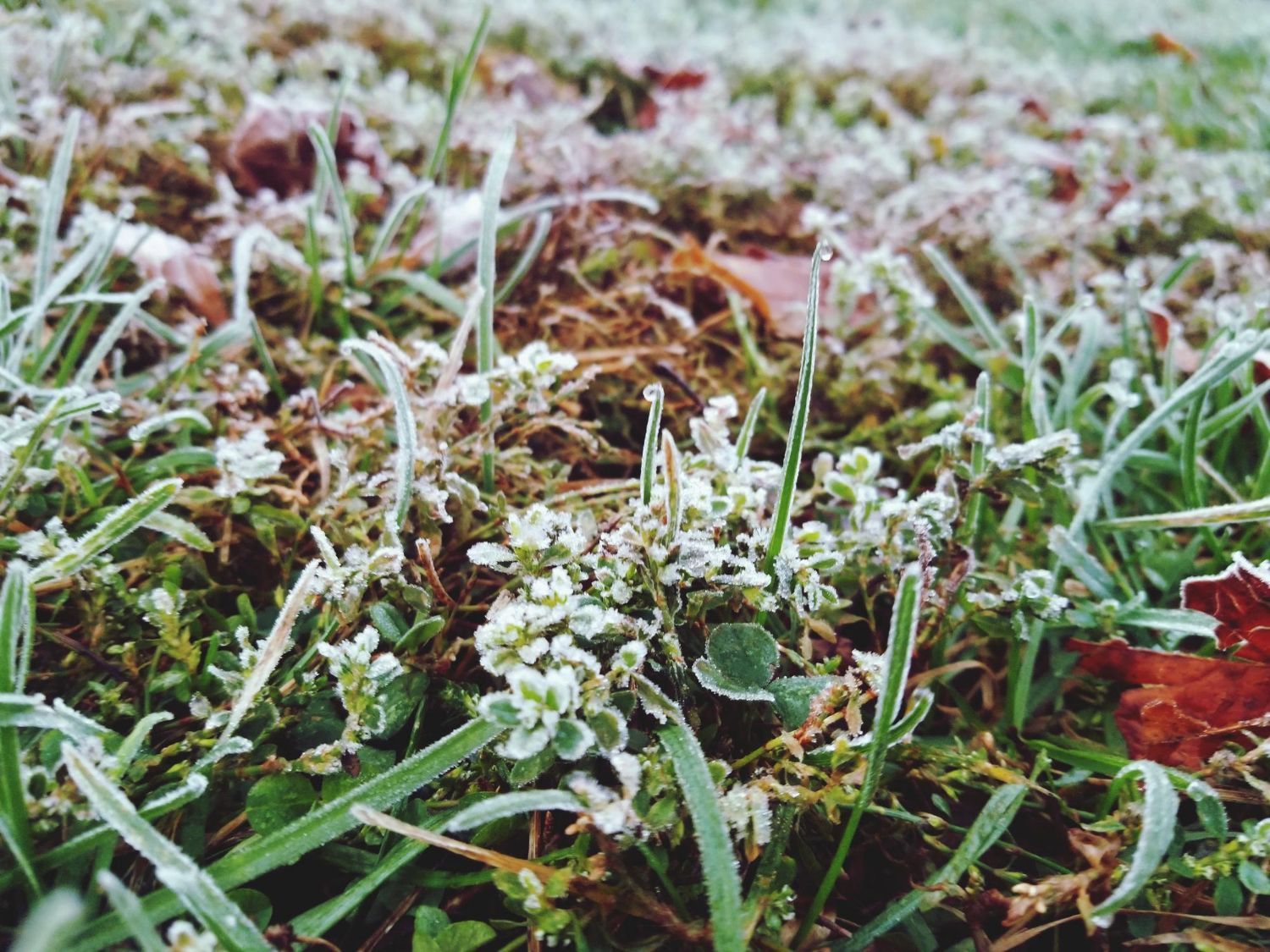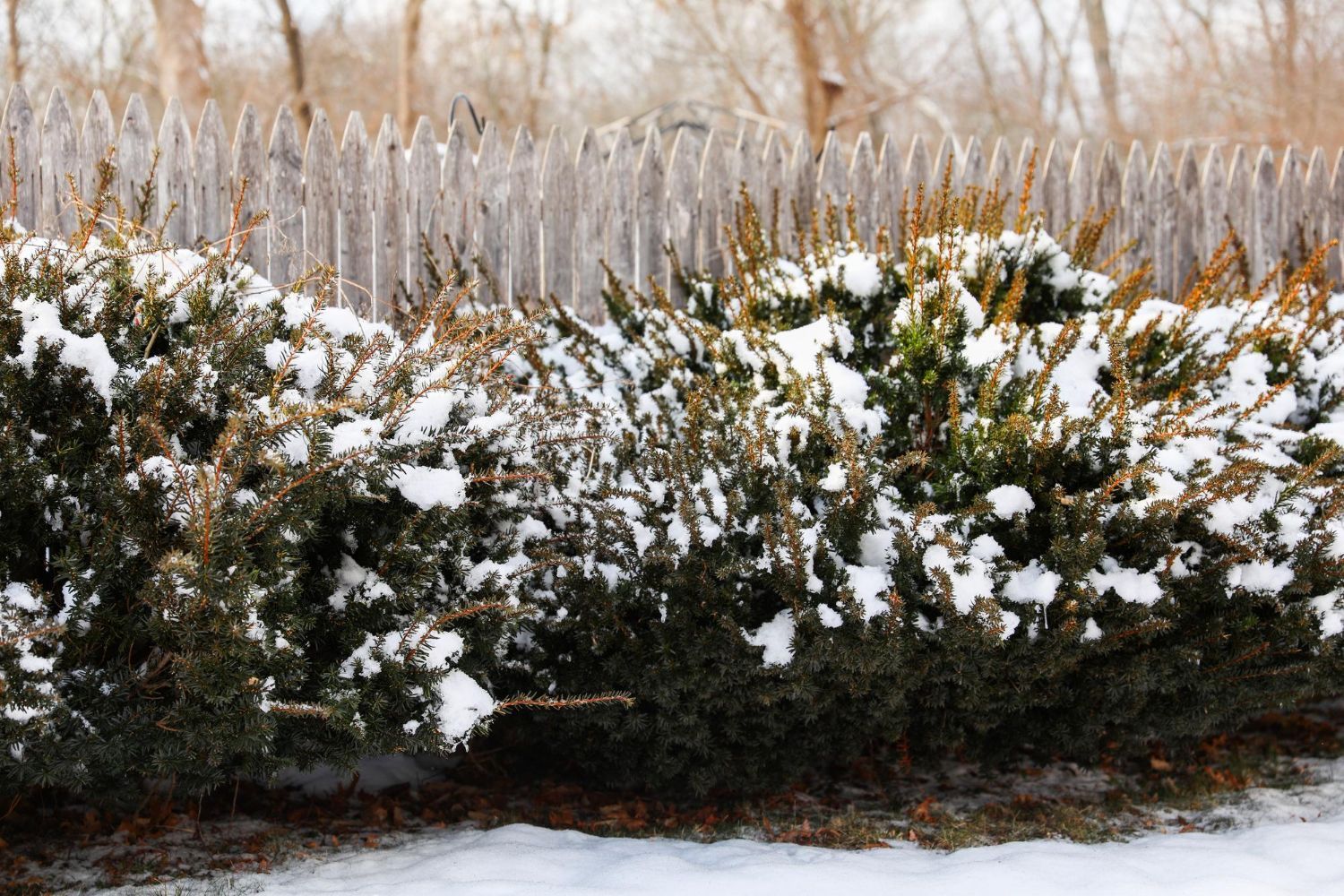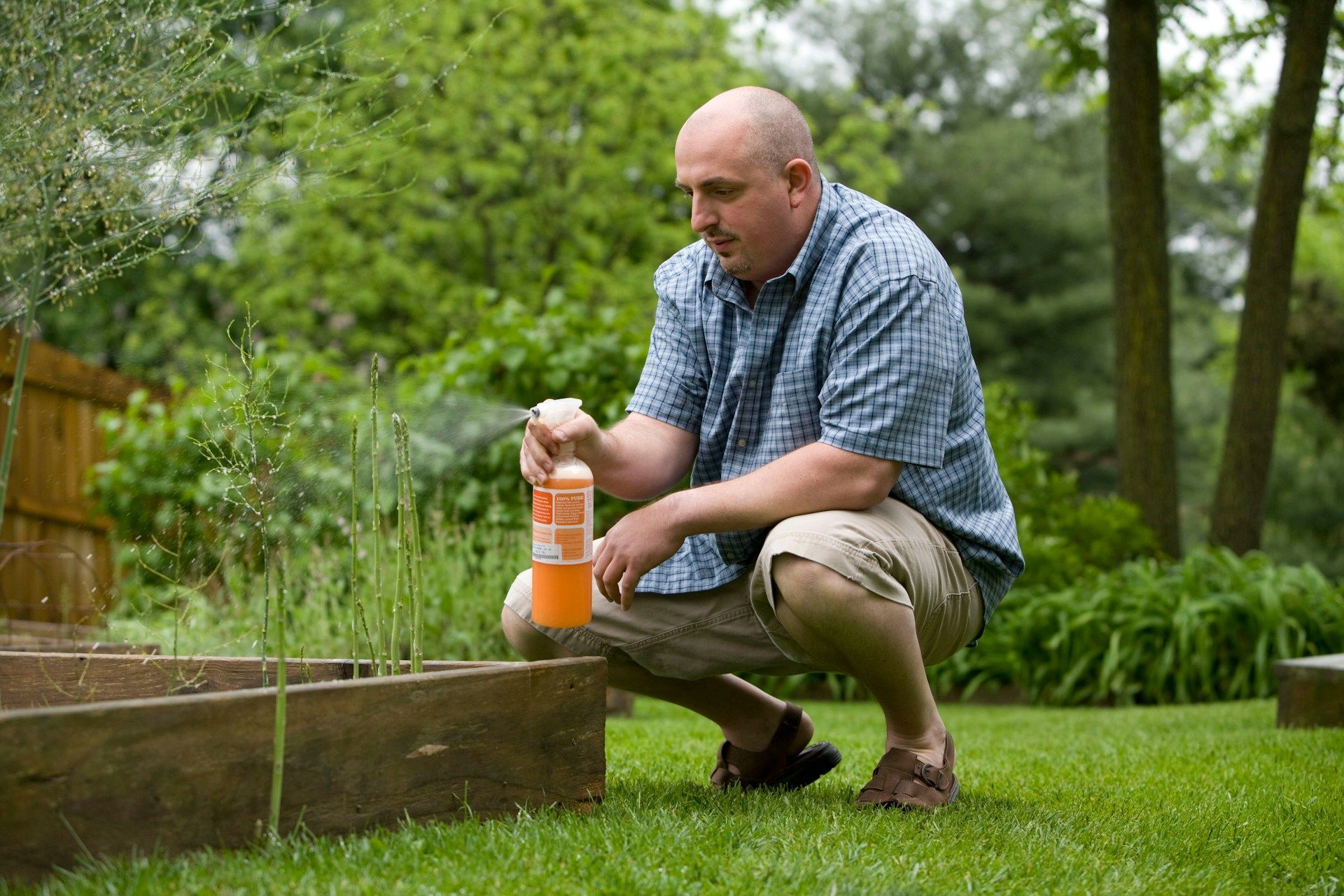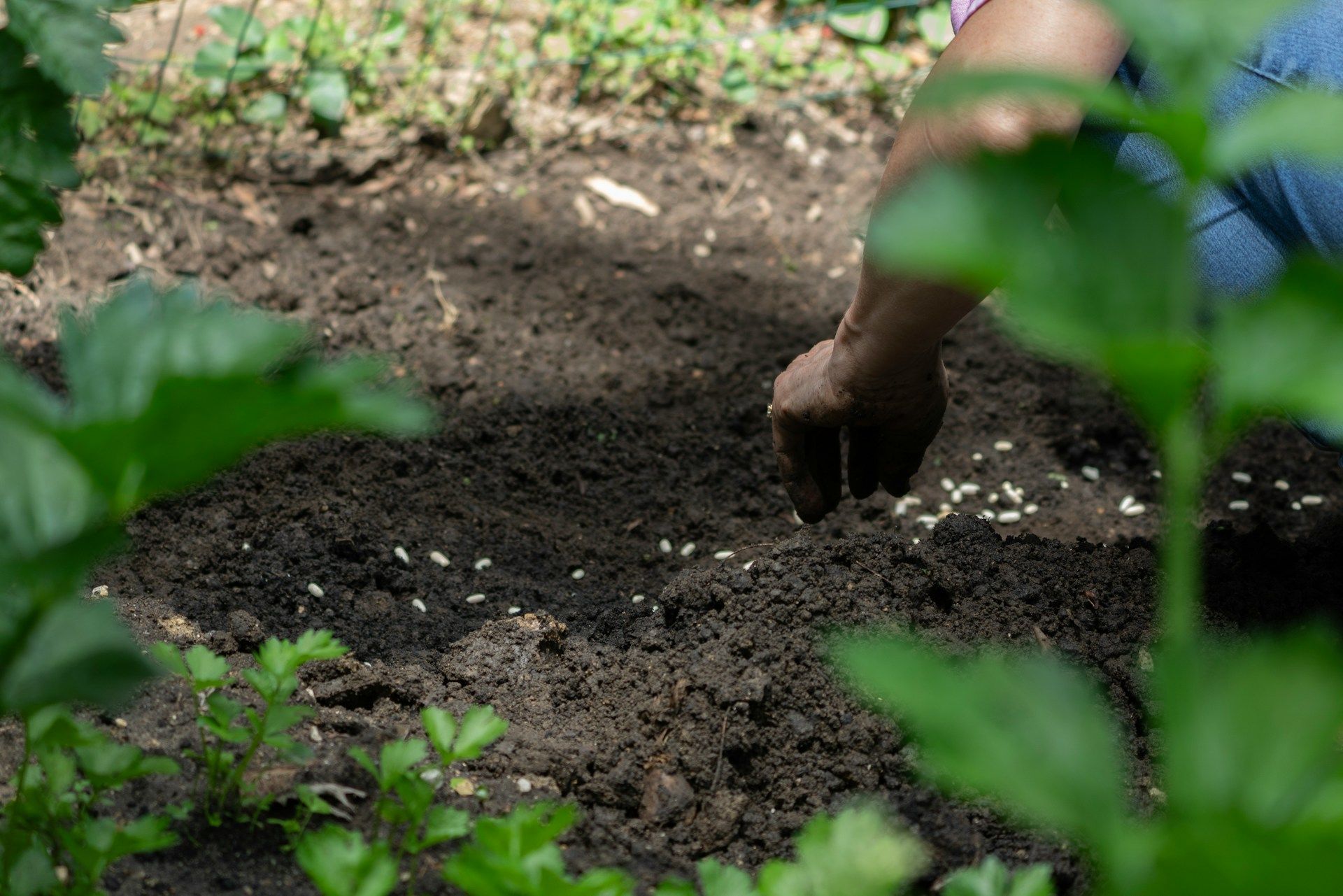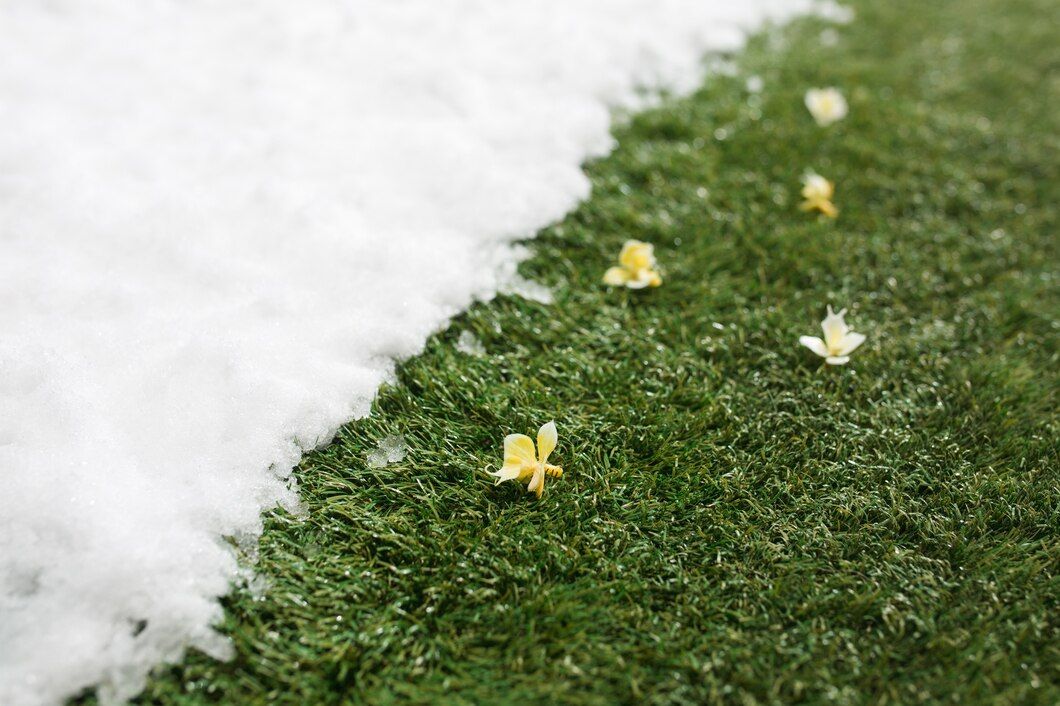What Our Customers Are Saying
Simple Tree and Shrub Care Tips You Need
Taking care of trees and shrubs can seem challenging, but with a few simple tips, you can keep them healthy and beautiful. These plants are essential to your yard, providing shade, structure, and natural beauty. Proper care involves more than just watering them now and then.
In this article, I'll share easy-to-follow advice on proper watering techniques, pruning tips, pest and disease control, and the benefits of fertilization and mulching. These simple steps will help you maintain a vibrant and healthy yard, making your outdoor space a place you'll love to spend time in.
Proper Watering Techniques
Best Times to Water
Timing your watering can make a big difference in the health of your trees and shrubs. The best time to water is early in the morning. This allows the water to soak into the soil before the day's heat causes it to evaporate. Watering in the evening can also be effective, but it can sometimes lead to fungal growth if the water sits on the leaves overnight.
Avoid watering during the hottest part of the day. The sun can cause water to evaporate quickly, and watering during peak sunlight can scorch the leaves. Consistent morning watering is the most effective way to ensure plants get the needed moisture.
How Much Water is Needed
Determining how much water your trees and shrubs need depends on several factors, including the type of plants and the soil conditions. Generally, your goal should be to keep the soil evenly moist but not waterlogged. Deep watering is more effective than frequent, shallow watering because it encourages roots to grow deeper into the soil.
Water established trees deeply once or twice a week. Newly planted trees may need more frequent watering to help them establish their root systems. Shrubs generally require about one inch of water per week, but this can vary depending on the type of shrub and weather conditions.
Signs of Overwatering and Underwatering
Knowing the signs of overwatering and underwatering can help you adjust your watering habits. Overwatered plants may show yellowing leaves, root rot, and mold growth on the soil's surface. The soil may also feel soggy and have a foul smell.
Underwatered plants often have wilted or dry leaves that can turn brown and crispy. A few inches below the surface, the soil will feel dry to the touch. To keep your plants healthy, regularly check the moisture level of the soil and adjust your watering schedule.
Pruning and Trimming Tips
When to Prune Trees and Shrubs
Timing your pruning is essential for the health of your trees and shrubs. Most deciduous trees and shrubs should be pruned in late winter or early spring before new growth. This helps the plants heal quickly and directs their energy towards fresh growth.
Evergreen trees and shrubs can be pruned in early spring or late summer. Avoid pruning during the hottest months or late fall to prevent stress and possible damage from winter weather. Knowing when to prune helps ensure healthy growth and minimizes disease risk.
Techniques for Healthy Pruning
Proper pruning techniques are crucial for the health and appearance of your trees and shrubs. Start by removing any dead, damaged, or diseased branches. Make clean cuts close to the branch collar to allow for better healing.
Cut branches back to a lateral bud or side branch when shaping a tree or shrub to promote new growth. Avoid cutting too close to the main stem to prevent damage. Follow the plant's natural shape and don't over-prune, which can stress the plant and reduce its vigor. Always use sharp, clean tools to make precise cuts.
Tools You Will Need
Having the right tools makes pruning and trimming easier and more effective. For smaller branches, use hand pruners or loppers. Make sure they are sharp to ensure clean cuts. A pruning saw will be necessary for larger branches.
Shears help shape shrubs and hedges. An extendable pole pruner can help reach higher branches without needing a ladder. Regularly clean and sharpen your tools to keep them in good condition and reduce the spread of disease. Storing them properly extends their lifespan and prepares them for your next pruning session.
Pest and Disease Control
Common Tree and Shrub Pests
Keeping an eye out for common pests can save your trees and shrubs from severe damage. Some common pests include aphids, which can cause leaves to curl and turn yellow. Spider mites are another problem, leaving tiny webs and speckled leaves behind. You might also see scale insects, which appear as small bumps on stems and leaves.
Caterpillars can chew through leaves, while beetles may bore into the bark, causing internal damage. Knowing what to look for can help you catch these pests early and take action before they harm your plants.
Identifying Diseases
Diseases in trees and shrubs can appear in various forms. Look for spots, mold, or mildew on leaves, which may indicate fungal infections. Rust is another common disease, showing up as orange or brown spots on the undersides of leaves. Black spot fungus causes black patches on leaves, often leading to leaf drop.
Root rot can be tricky to identify but typically results in wilting and yellowing leaves, even if the plant is well-watered. Knowing the signs of these diseases can help you take prompt action, preventing widespread damage.
Organic and Chemical Treatment Options
There are both organic and chemical options for treating pests and diseases in your trees and shrubs. For an organic approach, consider using insecticidal soap or neem oil. These options can help control pests without harming beneficial insects. A homemade solution of baking soda and water can sometimes do the trick for fungal infections.
Chemical treatments might be necessary for severe infestations. Products containing ingredients like permethrin or imidacloprid can target specific pests effectively. Always follow instructions carefully and consider consulting a professional to ensure the safety of your plants and surrounding environment.
Fertilization and Mulching
Selecting the Right Fertilizer
Choosing the right fertilizer can make a big difference in the health of your trees and shrubs. Slow-release fertilizers are a good option, providing nutrients over an extended period. Look for balanced fertilizers with equal parts nitrogen, phosphorus, and potassium. Specific formulations exist for different types of plants, so choose one suited for trees and shrubs.
Natural options like compost or manure can add nutrients without the risk of over-fertilization. Test your soil to understand its deficiencies and select a fertilizer that addresses those needs. The right choice can lead to healthier, more vibrant plants.
How to Apply Fertilizer
Proper application is crucial to getting the most from your fertilizer. For granular fertilizers, spread them evenly around the base of the tree or shrub, staying a few inches away from the trunk. Water thoroughly after application to help the nutrients soak into the soil.
Liquid fertilizers can be diluted and sprayed directly onto the soil or leaves but follow the manufacturer’s ratios and guidelines. Applying fertilizer in early spring and late fall can provide the best results, giving your plants the nutrients they need when they're most active.
Benefits of Mulching and How to Do It
Mulching offers several benefits for your trees and shrubs. It helps retain moisture, regulates soil temperature, and prevents weed growth. Organic mulches like wood chips, bark, or compost also enrich the soil as they decompose.
To mulch effectively, spread a layer about 2-4 inches thick around the base of the tree or shrub, keeping it a few inches away from the trunk to avoid rot. Refresh the mulch annually to maintain its effectiveness. Proper mulching can create a healthier plant environment, leading to more substantial growth.
Conclusion
Taking care of your trees and shrubs involves a combination of proper watering, timely pruning, pest and disease control, and the correct use of fertilizers and mulch. Each of these elements plays a vital role in maintaining the health and beauty of your outdoor spaces. By following these guidelines, you can ensure your trees and shrubs thrive, creating a lush and vibrant landscape that you can enjoy year-round.
Healthy Lawn assists you with professional
tree and shrub care services. We offer expert services tailored to your yard's specific needs. Contact Healthy Lawn today to learn how we can help you maintain a beautiful and healthy yard.



